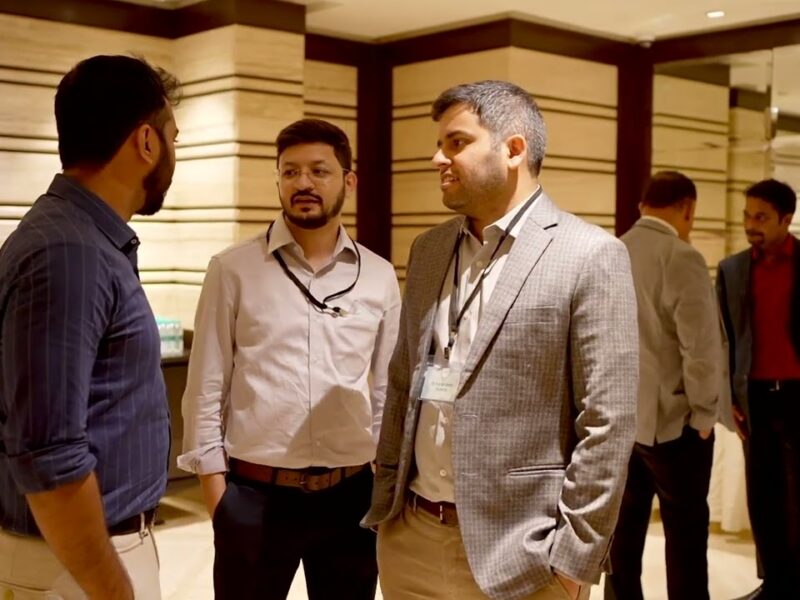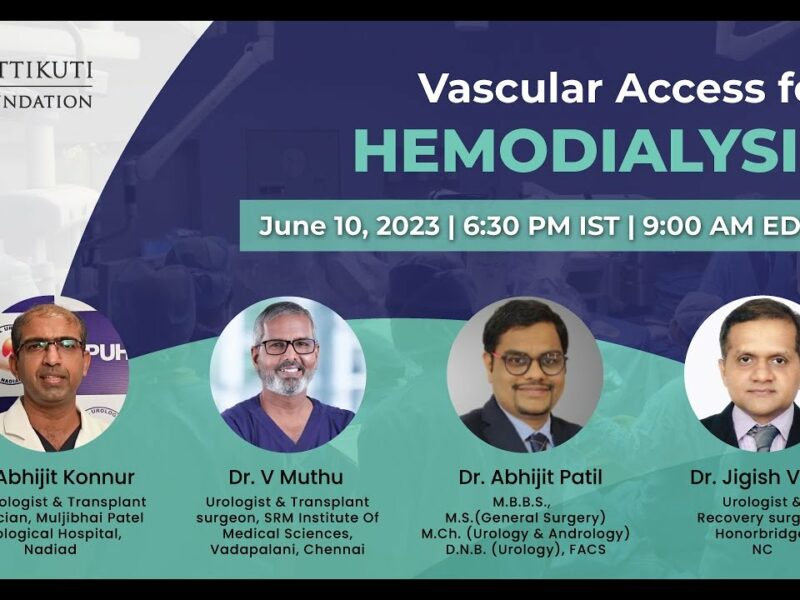Laparoscopic (Robot-assisted) VEIL Video Demonstration & Single centre experience
This is the 2nd-Place Winner from the May, 2018 Robotic Surgeons Council of India Meetings KS Robotic Surgery video Awards. From the abstract:
Srivathsan R, Yuvaraja T. B., Waigankar Santosh, Pednekar Abhinav
Kokilabhen Dhirubhai Ambani Hospital, Mumbai.
(Scroll down below abstract to play video.)
Introduction & Objectives:
Open inguinal lymphadenectomy is a well-established therapeutic and diagnostic option for patients with invasive penile SCC who are at risk of regional and distant metastases. Despite the use of thick skin flaps based on the blood supply superficial to Scarpa’s fascia, perioperative complications of cellulitis, flap necrosis, and leg edema can affect as many as two thirds of patients
We report the use of endoscopic robotic-assisted inguinal lymph node dissections in high risk patients or palpable lymph nodes.
Material and methods:
We reviewed our patient series from 2012 till 2017 which included carcinoma penis and carcinoma of distal urethra and analysed the data set. Our technique of R-VEIL is shown in the video.
A 2-cm mid-thigh incision was made to develop a plane just deep to Camper’s (fatty) fascia. Once a sufficient working space was created to place 3 robotic ports and 1 assistant port, subcutaneous gas was instilled, and the robotic device was docked and used to perform the dissection. The surgical approach replicated the principles of open techniques such that the contents of the femoral canal were dissected to include both superficial and deep lymph nodes in the dissection template.
Results:
A total of 18 patients underwent R-VEIL in this period of 5 years. Mean age was 59.2 years. Eight patients underwent bilateral veil while the rest underwent unilateral. R-PLND was performed in five of the eighteen. The total console time reduced from 230 minutes to less hundred minutes with experience. The mean EBL was 67ml. the average lymph node yield was around 15 nodes.
Lymphocele was the commonest complication most of which were managed conservatively.
Conclusion: Early results suggest that this approach is feasible, safe, and affords an appropriate oncological dissection in selected patients. The reduction of local complications and morbidity is the greatest advantage.
Narrated robotic surgery video with PowerPoints, Surgical diagrams, photos, 07:58
Date
August 15, 2020




